The modern poster in the 21st century dates back to the mid-1800s when the printing industry refined colour lithography and made mass production feasible. Today, a poster can be defined as any piece of printed paper designed to be displayed on a vertical wall, a creative tool for advertising and communicating a message across to the world. However, in the digital age Dutch graphic designers Trapped in Suburbia, which consists of Cuby Gerards, Karin Langeveld and Richard Fussey, have given the old modest format of a print designed poster a digital update with sound abilities and simply called their innovative series the Sound Poster.
The name of the creative project is pretty self-explanatory: a poster that is designed to produce sounds when you place your hand over it. The idea was originally inspired by Russian artist Wassily Kandinsky and his ideas surrounding colour and music. Kandinsky is mostly known for creating the world’s first truly abstract paintings but his artistic ambitions wanted to achieve a sensation that would involve a combination of human senses. He desired to evoke sound through sight and create a painting equivalent of a symphony that would provoke and stimulate not just a person’s eyes but their ears as well. Kandinsky is believed to have synaesthesia, a neurological condition in which two or more of the five human senses allow a person to experience sounds, colours or words simultaneously.
The Sound Poster series aims to combine digital with analog in a perceptible experience where print media meet digital technology. The interactive poster consists of an Arduino micro-controller which is connected using a copper wire to a reactive painted medium in order to produce sounds played through a plugged-in amp, delivering a new experience through this experimental avant-garde graphical sound instrument.
The Trapped in Suburbia designers explain when the resistance of touch changes, so does the sound, then a soft touch emits a different sound than a more aggressive touch on the interactive poster. The sounds from the poster are currently based on synthesizer sounds but the designers are now working on a sequel where the sounds are based on real classical instruments.
The series of Sound Posters consists of four different posters and two alternative versions since its inception in 2013 with Sound Poster 1.0. The posters are a creative response to
the digital loving tech culture, which may sometimes be too afraid to think outside the box for traditional and conventional communication channels, such as print media. The team of three behind Trapped in Suburbia reject the idea that new technology is expected to compete and replace older forms of communication mediums. Richard Fussey of Trapped in Suburbia states that “new technology doesn’t need to defeat old” and “combining both produces scenarios you would never get if you were to only use one”.
Sound Poster 4.0, which is the recent edition of the series, is similar to the first version, but you don’t have to touch the interactive poster to produce a sound. The latest release of
the Sound Poster family doesn’t have to be touched as it can be played like a Theremin and its sound is controlled by the viewer’s hand motions in front of the interactive poster. The Sound Poster 4.0 continues the investigation into the new field of interactivity within the idea of a traditional poster, while also mimicking a Theremin. Indeed Sound Poster 4.0 requires a person, for the first time, not to touch the poster but to hover their hands above the interactive placard to control the sound that it is producing. There is a conductive layer beneath the printed poster, which is capable of sensing the distance between the user and the sound poster, as a result producing a variety of sounds.
The Shy Poster is another related addition to the Sound Poster series, which allows the poster to stay true to its name as, unlike its noisy counterparts, it doesn’t focus on
sound but rather reacts to the presence of the viewers, closing its shutters on each vertical side of the poster before any bystander can get a good detailed glimpse of it. Trapped in Suburbia likes to describe it as “a poster that gains personality by personifying shyness in an interactive installation”. If the poster is left alone, its colourful extrovert personality is revealed. However, if someone interrupts its personal comfort zone, the poster immediately retracts its doors, hiding itself within the conformity of the background wall becoming an introvert.
While the Auto Play poster takes the sound poster public into outdoor territory. As part of the 2015 Graphic Design Festival in Breda, the Trapped in Suburbia team were invited to create a new interactive installation at the 3Sec.Gallery, which is a drive-by exhibition space located along the entrance of a parking garage in Breda, Netherlands. The Auto Play poster allows an experimental interaction between analogue and digital, through pictures and sounds. Auto Play is a series of 25 sound posters that react to passing vehicles, cyclists and pedestrians.
The Sound Poster series is full of abstract coloured images and cacophonous and dissonant sounds, and they definitely won’t be replacing the traditional printed poster format just yet, but the Trapped in Suburbia team are certainly determined to keep experimenting with new design ideas, so it will be interesting to see how this experimental sound poster project progresses over the next half of this decade and the 2020s.
- Sound poster is the triumph of Kandinsky’s synaesthesia - March 8, 2016
- A glorious device for all the victims of the symphony of snoring noises - January 27, 2016
- 10 Iconic Film Scores that will never get out of your head - December 13, 2015


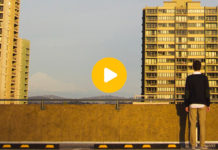

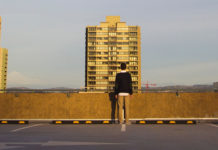
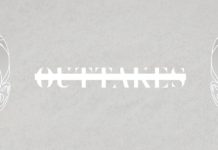




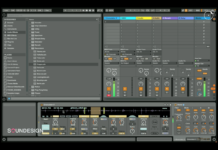
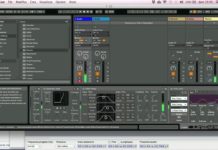


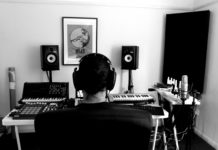


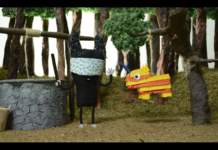
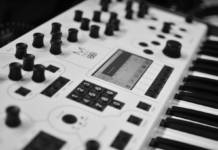
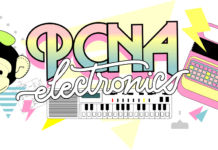

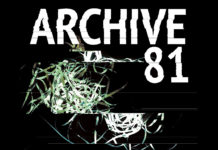
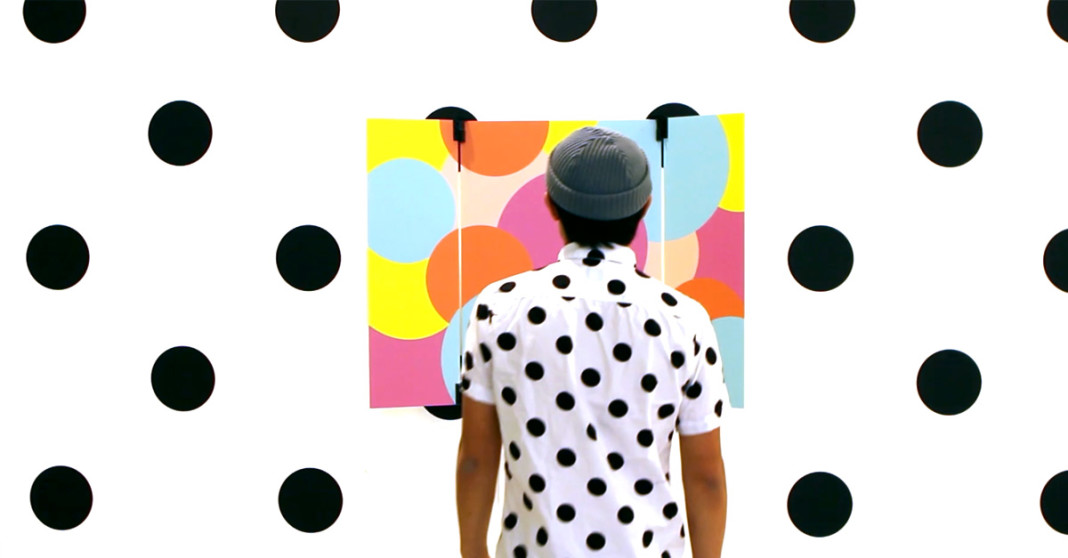
[…] So here’s the sixth article I wrote this month for sounDesign about a glorious device for all the victims of the symphony of snoring sounds, which you can read here. […]
[…] about a glorious device for all the victims of the symphony of snoring sounds, which you can read here. Here’s a cool […]